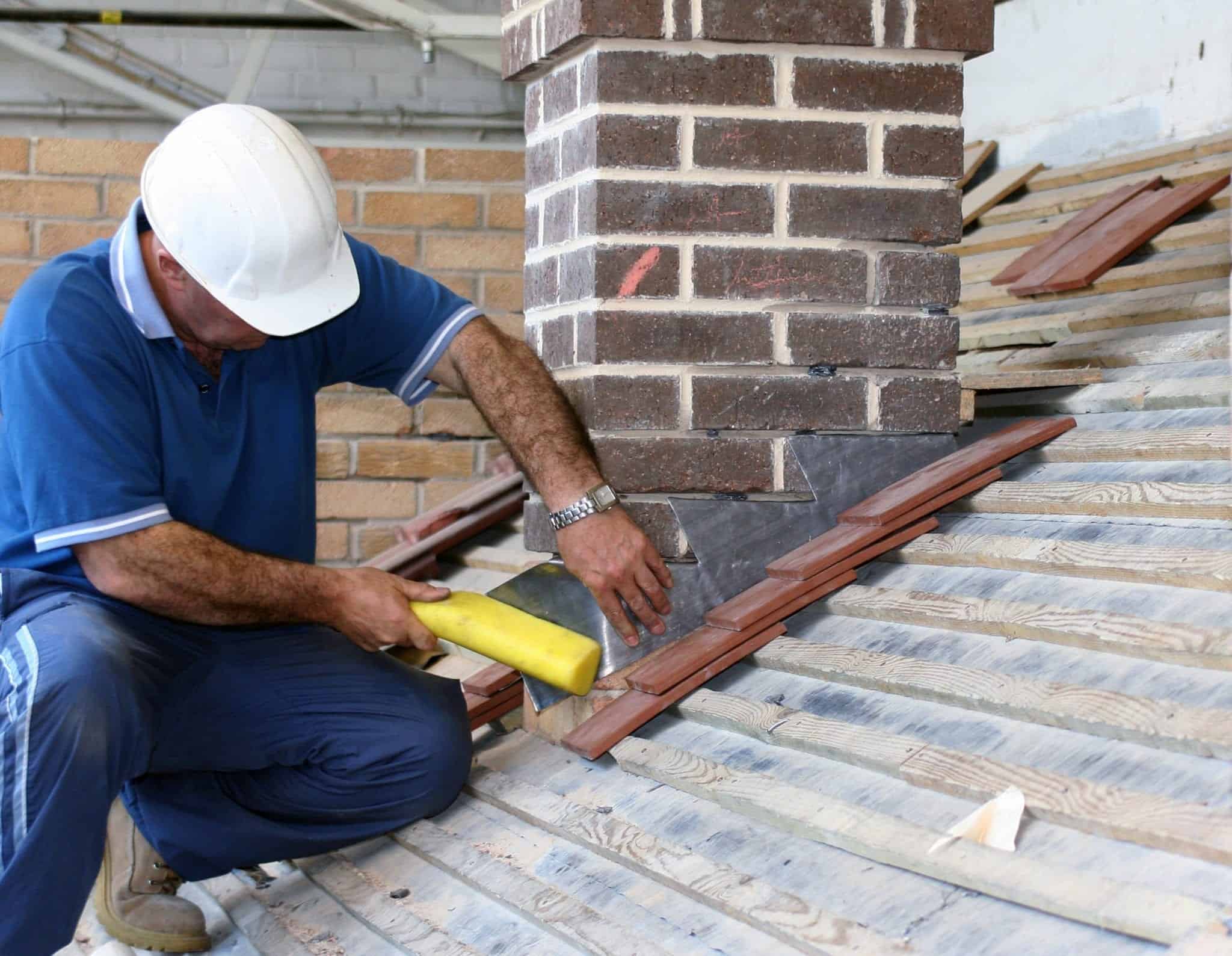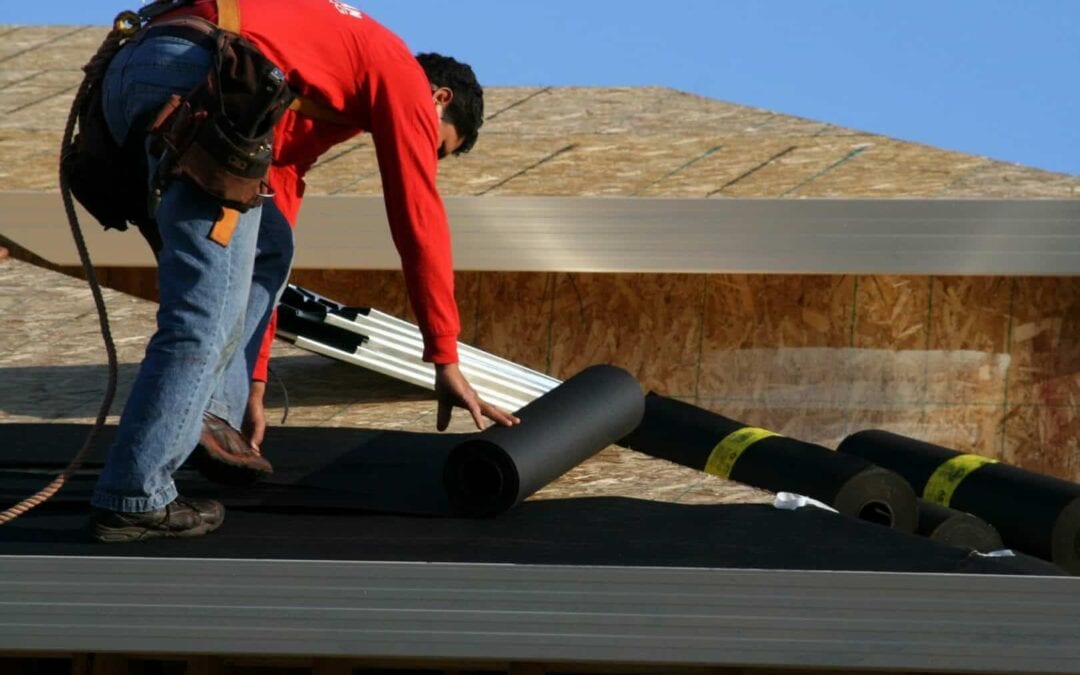Most homeowners have never had the occasion to get on their roof. Whether you hire a service to clean your gutters each year or you discover a leak and seek out a qualified contractor for roof repair in Fort Worth, Texas, chances are you’ve come to the conclusion that some jobs are best left to the pros.
As a result, you may have no idea about the components that make up your roof or how they function to keep the elements out. Sure, you’ve seen a variety of shingles, shakes, tiles, and other types of roofing, but that doesn’t mean you understand how to construct a roof.
So when you call in a professional for standard roof maintenance in Arlington, Texas, and are told that you need to replace your flashing, it might seem like your contractor is speaking a foreign language. What is flashing, and why is it so important?
Before you say no to the expense of repair or replacement, you need to understand what flashing is and the critical purpose it serves. Here are a few basics about flashing that every homeowner should know.
What is Flashing?
Flashing is a roofing product used to protect your home from the intrusion of the elements, including rain, snow, and extreme temperatures. This weather-resistant material provides added protection from leaks around common points of ingress like chimneys, vents, ducts, and skylights. It is also used in seams (like along dormers) to help stop leaks in areas where water collects.
There are many different types of flashing. It is commonly made from metal, plastic, or rubber, and each product will have different indications. Copper and lead are among the most common materials due to their durability.
Some products will work better in different climates or for sealing different areas of the roof. Naturally, there is also some amount of price discrepancy among available products.
It’s best to speak with a qualified provider or installer to make sure you select the best products for your region, your roof, and your budget. Advice from an expert in roof maintenance in Arlington, Texas, can help you get the biggest bang for your buck and that your flashing lasts for years to come.
Why is Flashing Important?
When you look at your roof, the first things you see are the shingles or tiles that cover the majority of its surface. Roofers arrange the material in a pattern that causes rain to run off rather than seeping through to your home’s interior.
However, nearly every roof is broken up by openings like chimneys, vents, or skylights. Many roofs have seams where dormers or other protruding portions of the structure create valleys.
These are points where water is most likely to seep in without additional protective measures. This is where flashing comes into play. This impervious product is used to ensure that the elements don’t find their way into your home at your roof’s weakest spots.
Like all products, flashing will eventually deteriorate, become damaged, or start to peel. Any of these conditions can lead to leaks. To ensure the reliability of your roof against weather conditions, it’s important to inspect your roof regularly and maintain, repair, and replace flashing as needed.
Can I Replace Flashing Myself?
When it comes to home repairs and upgrades, many homeowners adopt a DIY approach to save money. While you can inspect and repair your roof, there are a few reasons why you should seek professional services for roof repair in Fort Worth, Texas.
Flashing is a relatively easy product to use, but if you apply it incorrectly, you could find yourself dealing with major leaks resulting in even more significant – and costly – repairs. You also might not know how to tell if flashing is in need of replacement.
A roof repair specialist can check your flashing during annual roof inspections to determine if it is still in good shape. If it is recommended that you replace your flashing, then these experienced individuals can do the job correctly.
Plus, hiring a professional for this job means you’ll have guarantees concerning the efficacy and durability of any completed work. When you do it yourself, you’ll save a few bucks, but you could end up paying for your frugality over time.



